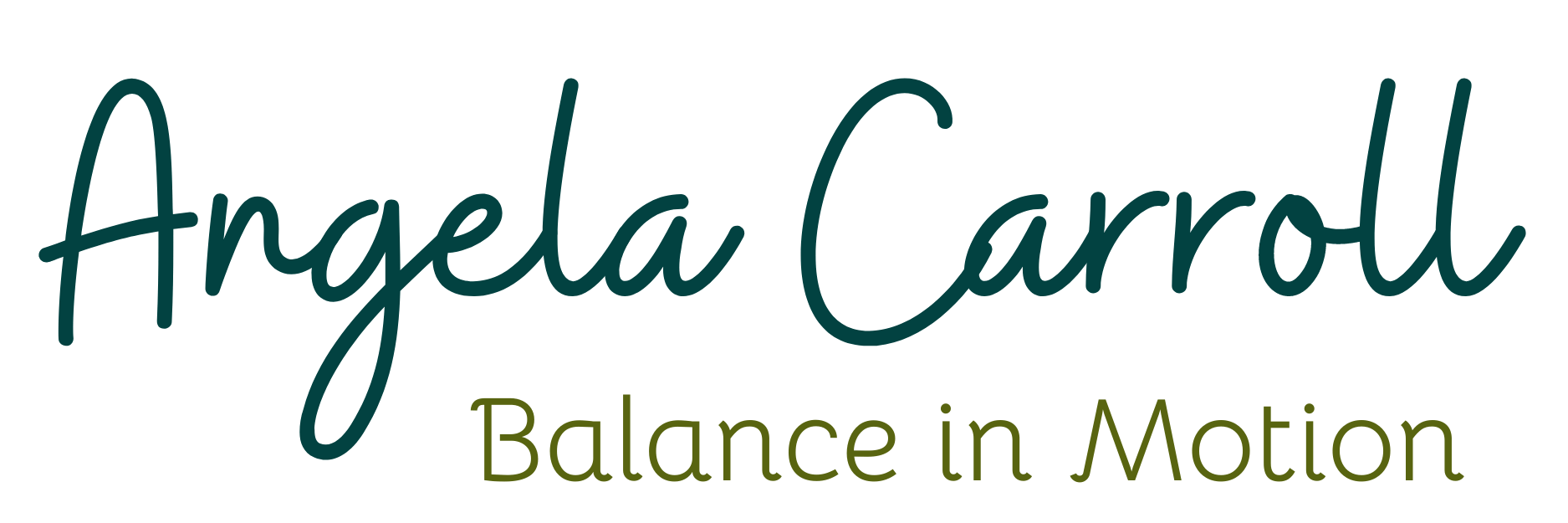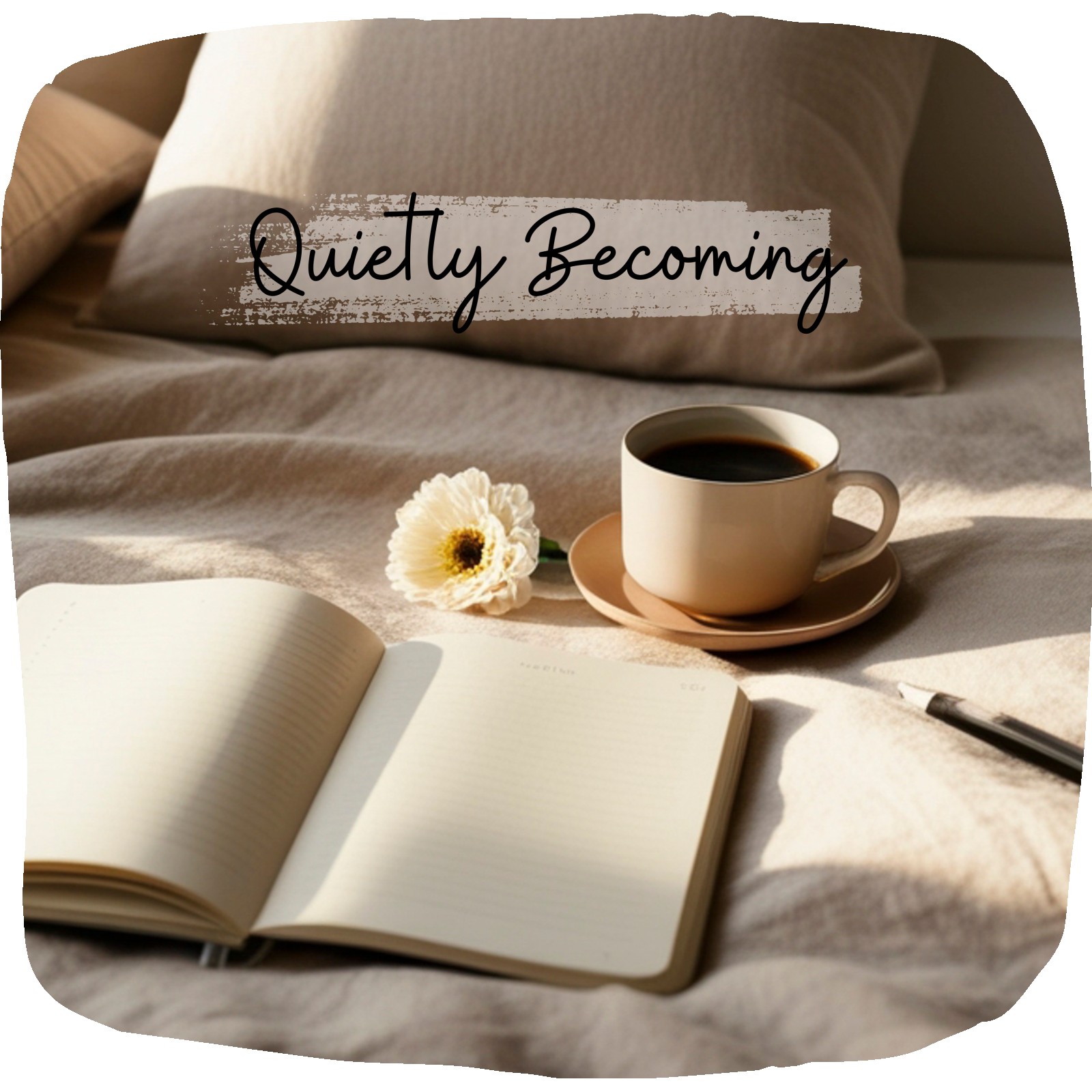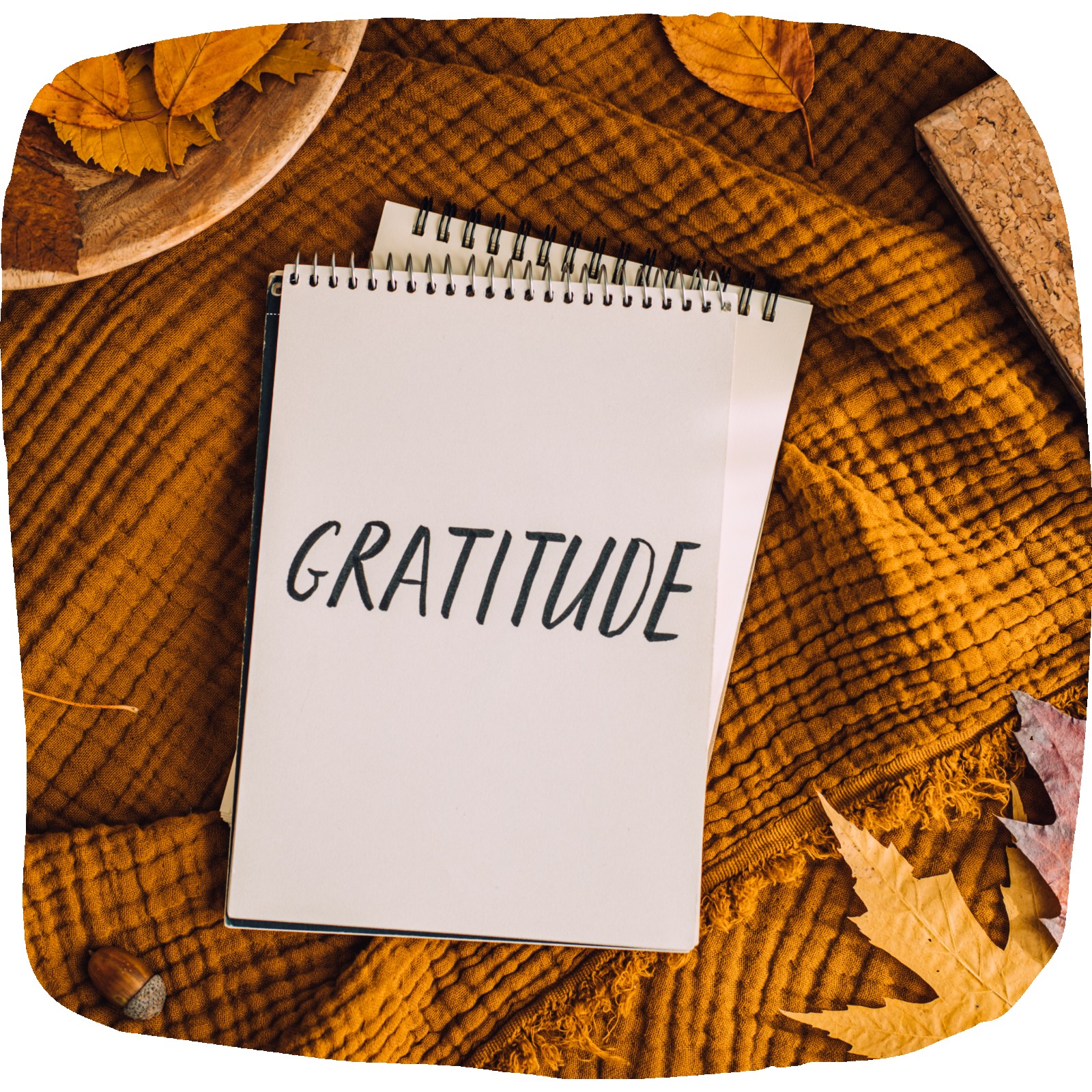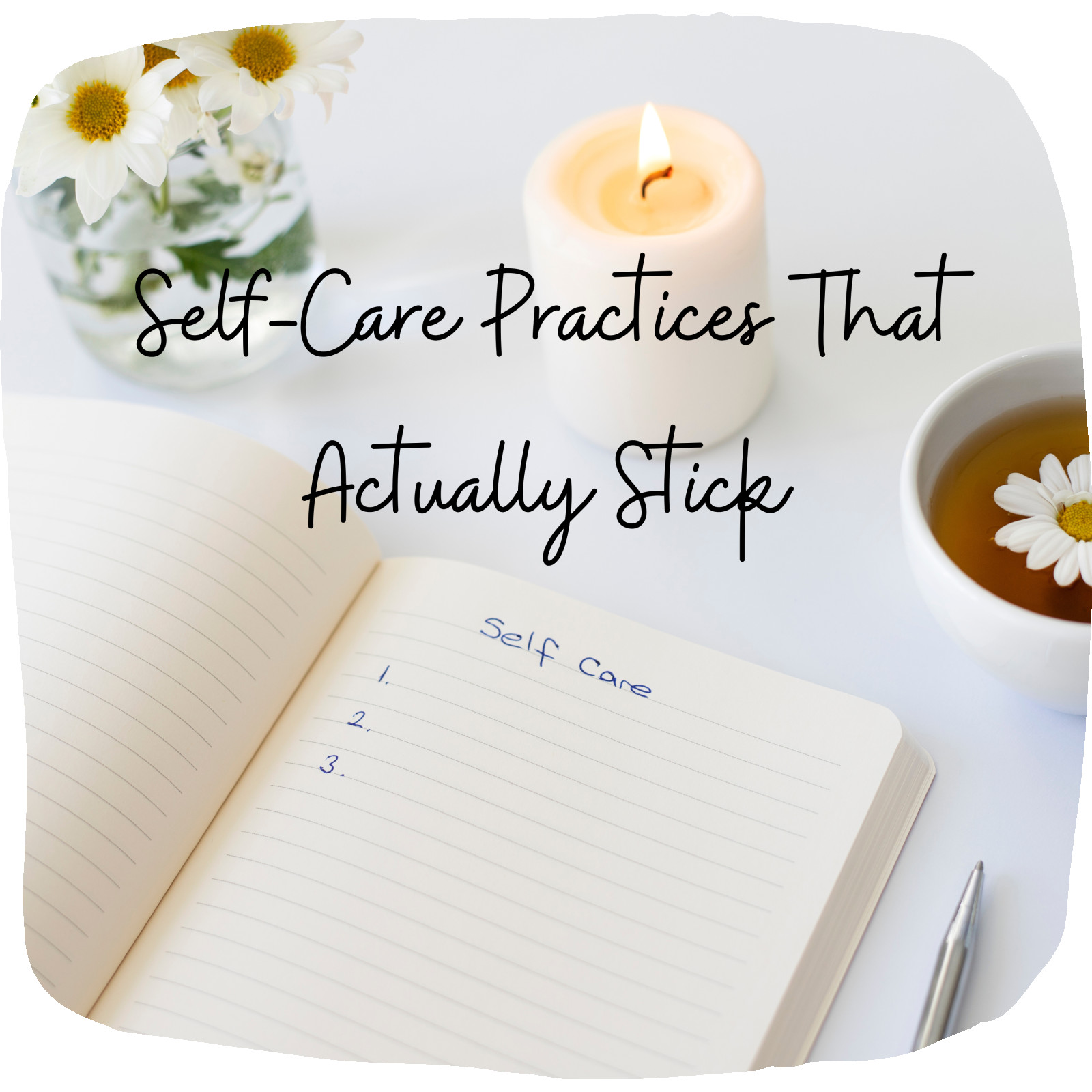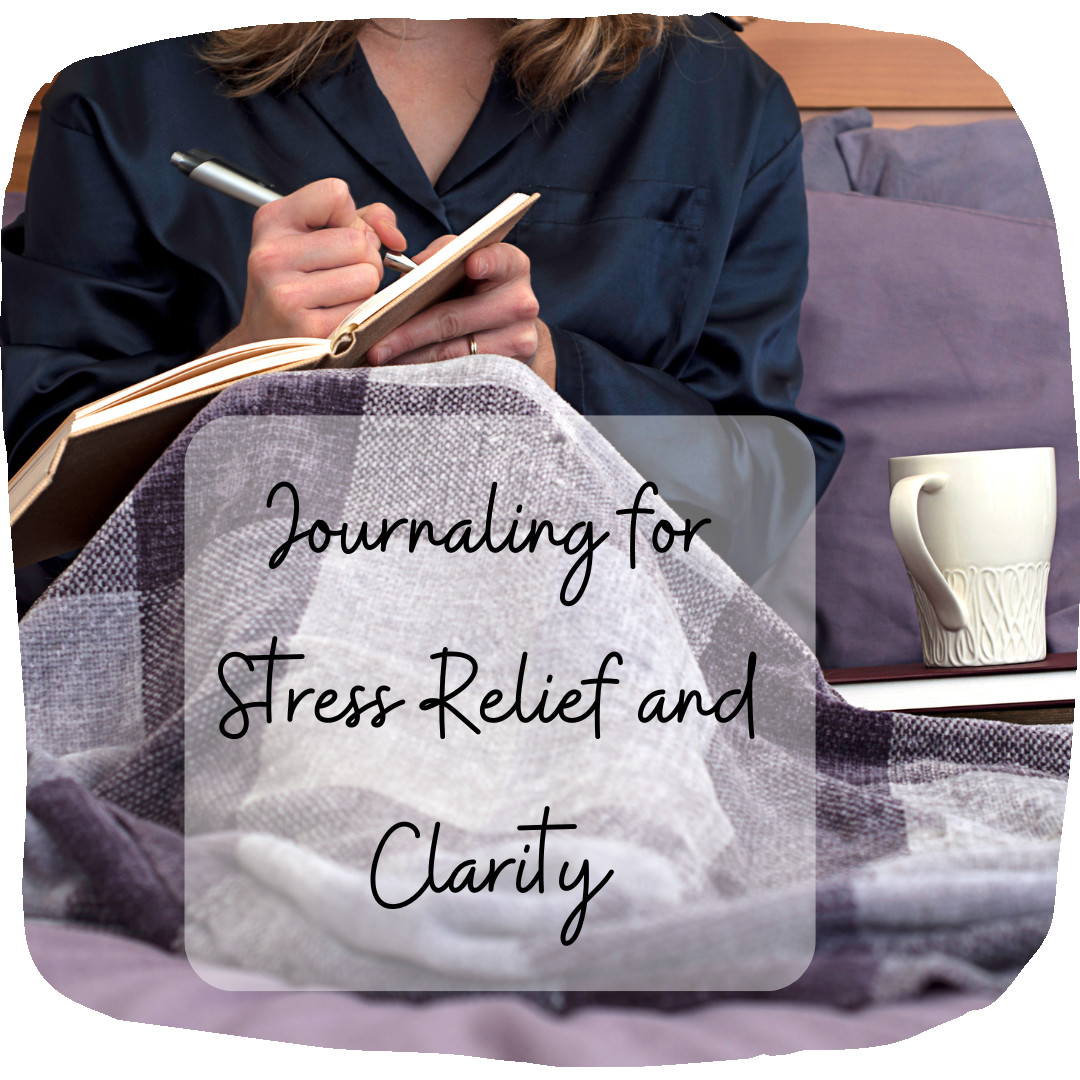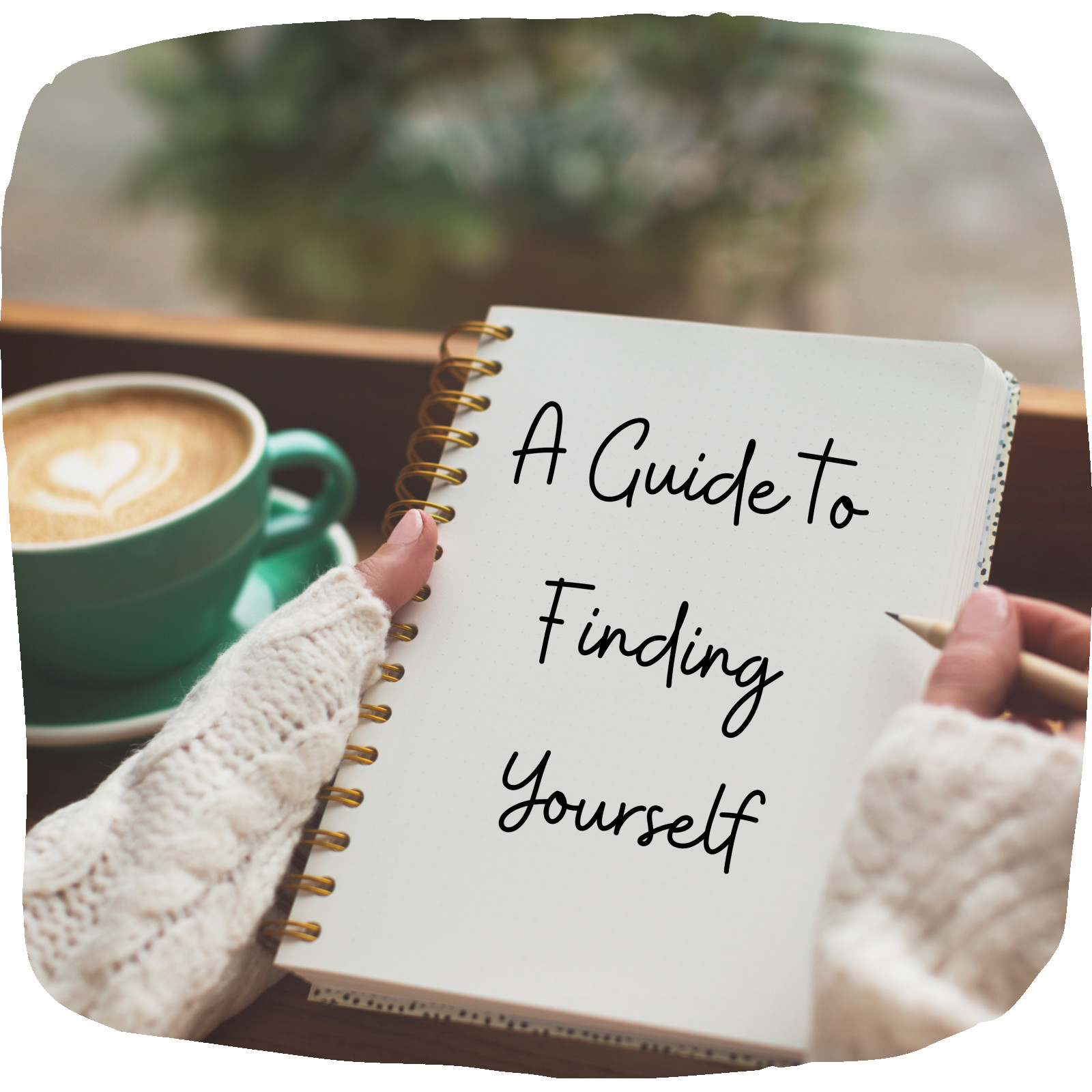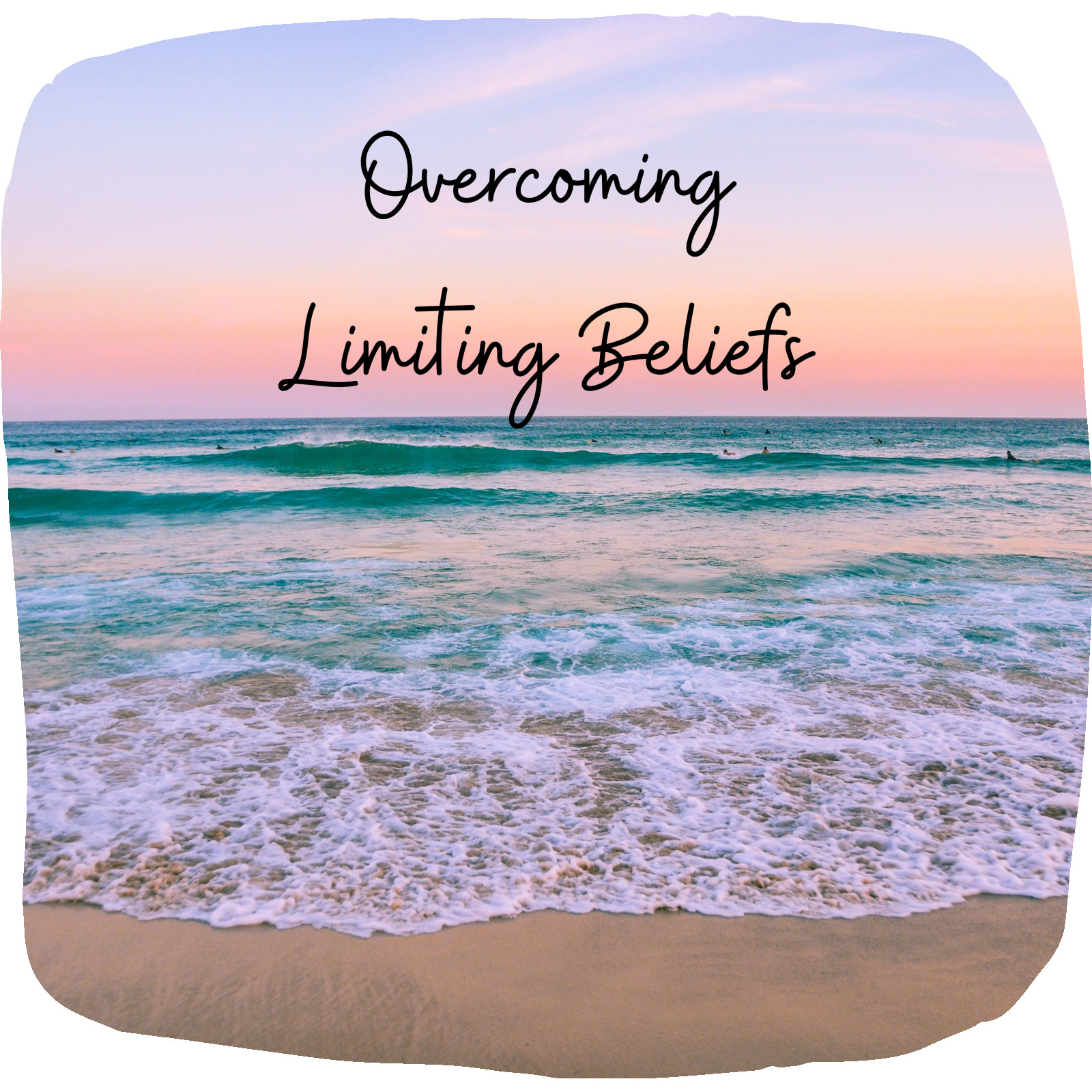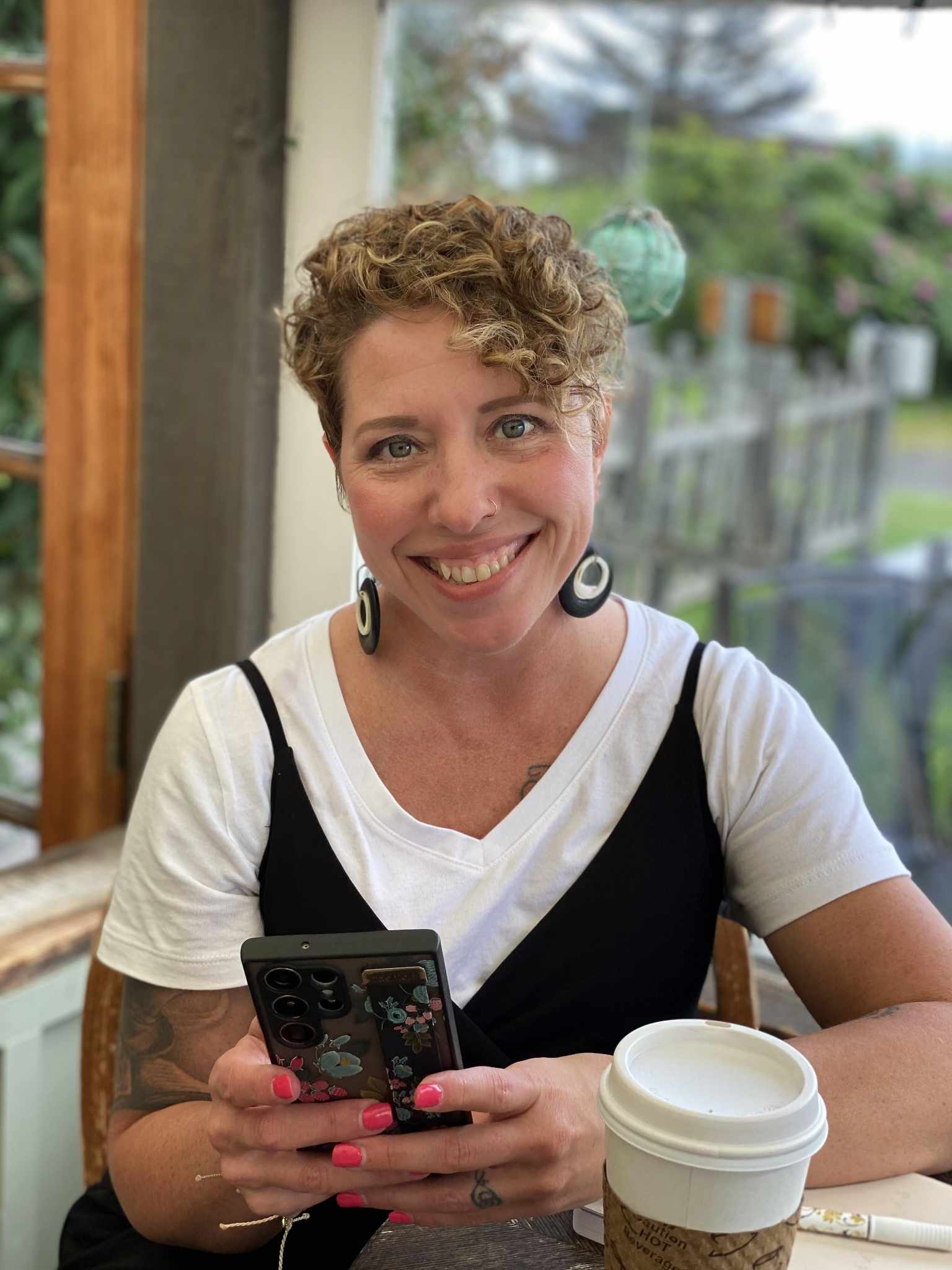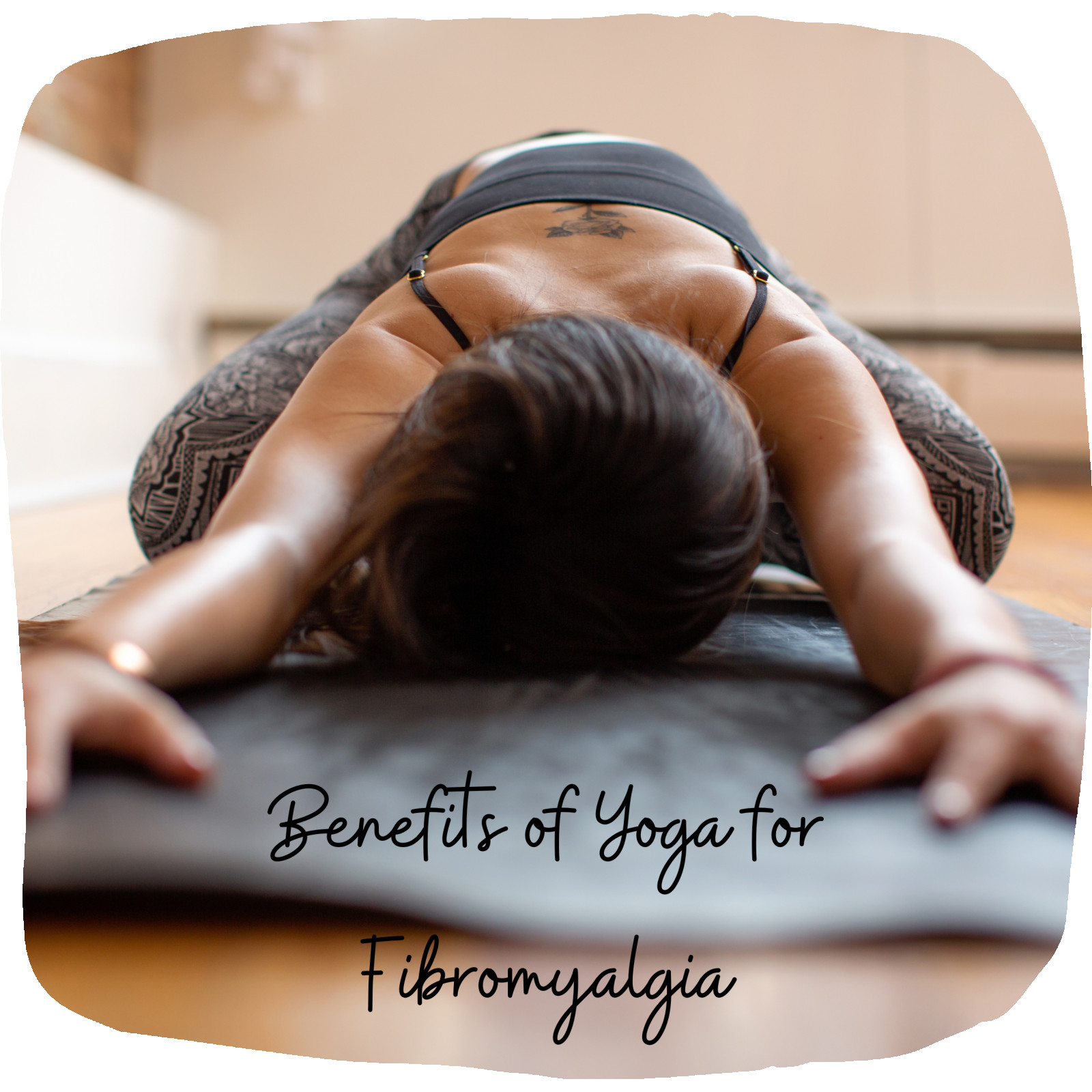
The Benefits of Yoga for Fibromyalgia
Living with fibromyalgia can often feel like trying to walk through muddy water, filled with who knows what, leaving you wondering if the person you once were is forever lost. If you’ve recently been diagnosed or have been living with fibromyalgia for some time, I want you to know that you’re not alone. I’ve been on this journey for over 30 years, and as a Holistic Life Coach and certified yoga instructor, I’ve discovered firsthand the profound impact yoga can have on managing fibromyalgia.
Understanding Fibromyalgia and Its Impact
Fibromyalgia is a chronic condition characterized by widespread pain, fatigue, and other symptoms such as sleep disturbances, memory issues, and mood swings. For many women, this diagnosis brings a sense of fear and uncertainty. Will fibromyalgia force me to stop doing the things I love? Will chronic inflammation take over my life? These are valid concerns, but they don’t have to define your story.
Why Yoga?
Yoga is more than just a physical practice; it’s a holistic approach to health that encompasses the mind, body, and spirit. Here’s how yoga can help you regain control and improve your quality of life:
1. Reduce Pain and Inflammation
One of the most significant benefits of yoga is its ability to reduce pain and inflammation. Gentle yoga poses and stretches help to alleviate muscle tension, increase flexibility, and improve circulation. Specific restorative poses can also target areas of chronic pain, providing much-needed relief.
2. Boost Energy Levels
Fibromyalgia often leaves you feeling drained and exhausted (#iykyk). Through mindful breathing techniques (pranayama) and gentle movements, yoga can help boost your energy levels. Practices such as Sun Salutations and Vinyasa flows can revitalize your body and mind, leaving you feeling more energetic and vibrant.
3. Enhance Sleep Quality
Sleep disturbances are common among those with fibromyalgia. Practicing yoga before bedtime can promote relaxation and improve sleep quality. Incorporating poses such as the Child’s Pose and Legs-Up-The-Wall Pose (or waterfall pose) can help calm the nervous system and prepare your body for restful sleep.
4. Manage Stress and Anxiety
Living with chronic pain can take a toll on your mental health. Yoga promotes mindfulness and meditation, which are powerful tools for managing stress and anxiety. By focusing on your breath and being present in the moment, you can cultivate a sense of inner peace and tranquility.
5. Improve Flexibility and Mobility
Over time, fibromyalgia can lead to stiffness and reduced mobility. Yoga helps maintain and improve flexibility, making daily activities more manageable. Gentle stretching and strengthening exercises can enhance muscle function and joint health, reducing the risk of injury.
6. Foster a Sense of Community
Yoga classes, whether in-person or online, provide a sense of community and support. Connecting with others who understand your challenges can be incredibly empowering and uplifting. It’s a reminder that you are not alone on this journey.
Getting Started with Yoga
If you’re new to yoga, starting might feel intimidating, but it doesn’t have to be. Here are a few tips to help you begin:
- Start Slow: Choose gentle yoga classes tailored for beginners or those with chronic pain.
- Listen to Your Body: Pay attention to how your body feels during each pose and modify as needed.
- Consistency is Key: Aim to practice yoga regularly, even if it’s just for a few minutes each day.
- Seek Guidance: Consider working with a certified yoga instructor who understands fibromyalgia and can offer personalized guidance.
My Personal Journey
Having lived with fibromyalgia for three decades, I’ve experienced the highs and lows of managing this condition. Yoga has been a game-changer for me, guiding me toward better health and well-being. It’s possible to find strength, resilience, and joy despite the challenges of fibromyalgia.
Conclusion
Remember, your diagnosis doesn’t define you. By incorporating yoga into your routine, you can take a holistic approach to managing fibromyalgia and reclaim your life. If you’re ready to take the next step, let's chat. I'm here to support you on this incredible journey toward self-improvement and empowerment.
Learn More and start your path to a healthier, more vibrant you.
---
I hope this post resonates with you and provides the encouragement you need to explore the benefits of yoga for fibromyalgia. Together, we can turn challenges into opportunities for growth and healing.
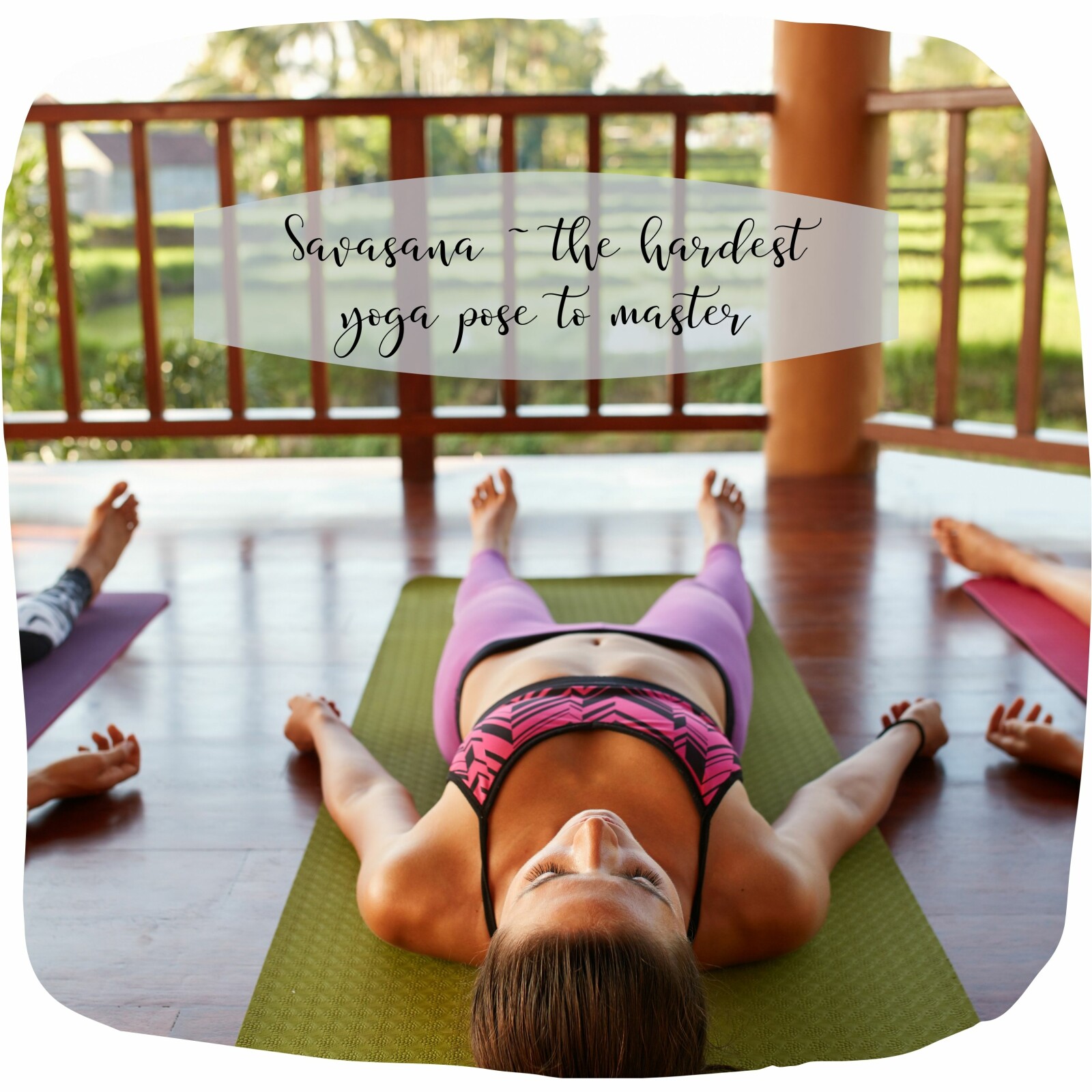
I’ve been practicing yoga for years now. I admittedly did not embrace it immediately. It moved way too slow for my ever racing brain. It took some time to realize that that was the exact reason I needed yoga in my life.
Over time I grew to fall in love with the practice and even became a certified instructor and yoga life coach recently. I am nowhere near a master and there are plenty of poses that are far from easy for me. But you want to know the hardest one? Savasana.
Should be easy enough, right? I mean, you just lay there. Let everything in your mind go. Yeah right. My brain does not like to settle (I may be a tad ADHD). If you’re anything like me, as soon as the yoga instructor tells you to lay on your back and relax, your mind goes into overload and you become fidgety. Just like every night when I lay down to sleep. My mind fills with all the things I should have done, the things I need to do, or things that have nothing to do with anything but just want to make an appearance. So goes the Savasana pose.
You get where I’m going. It’s hard, y’all! Stilling your mind. Allowing yourself to just be. Letting things go. Accepting where you are in the here and now. Loving yourself as you are. Ahhh, how do I do that???
So yes, the savasana pose has been the absolute hardest for me to master. I can learn to do all the twisty, bendy things. I can loosen up my muscles and joints (very slowly) and allow them to move in ways I never thought possible. Weird poses have suddenly become comfortable, resting poses.
My mind however, is a whole other story. But I’m learning, slowly but surely. It does get easier. I’m learning to allow myself to slow down and accept the here and now. I’m learning to be at peace, allowing myself to just be, and take one moment at a time. It’s a process. And one I will continue to work on every day. Because the days I allow myself to at least try, go so much smoother. I feel a peace and calmness wash over me. It’s the perfect way to reset my mind and refocus on things that need to be done. This, my friends is what yoga is all about. It can simply be summed up in the savasana (or corpse) pose.
xo Angela
PS. Need a little help and direction yourself? Schedule a quick 15 minute session and let's chat to see if my yoga life coaching is for you.
